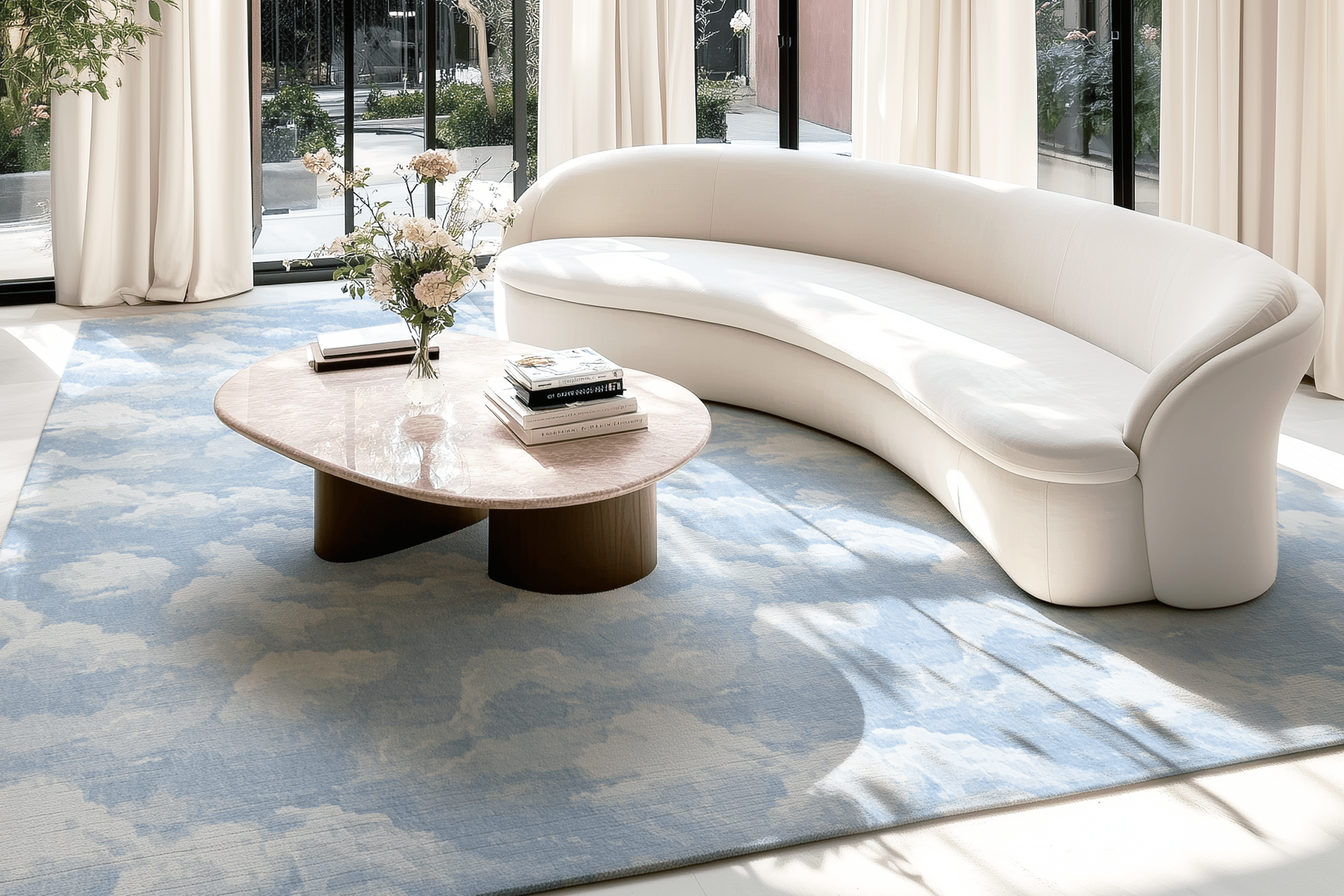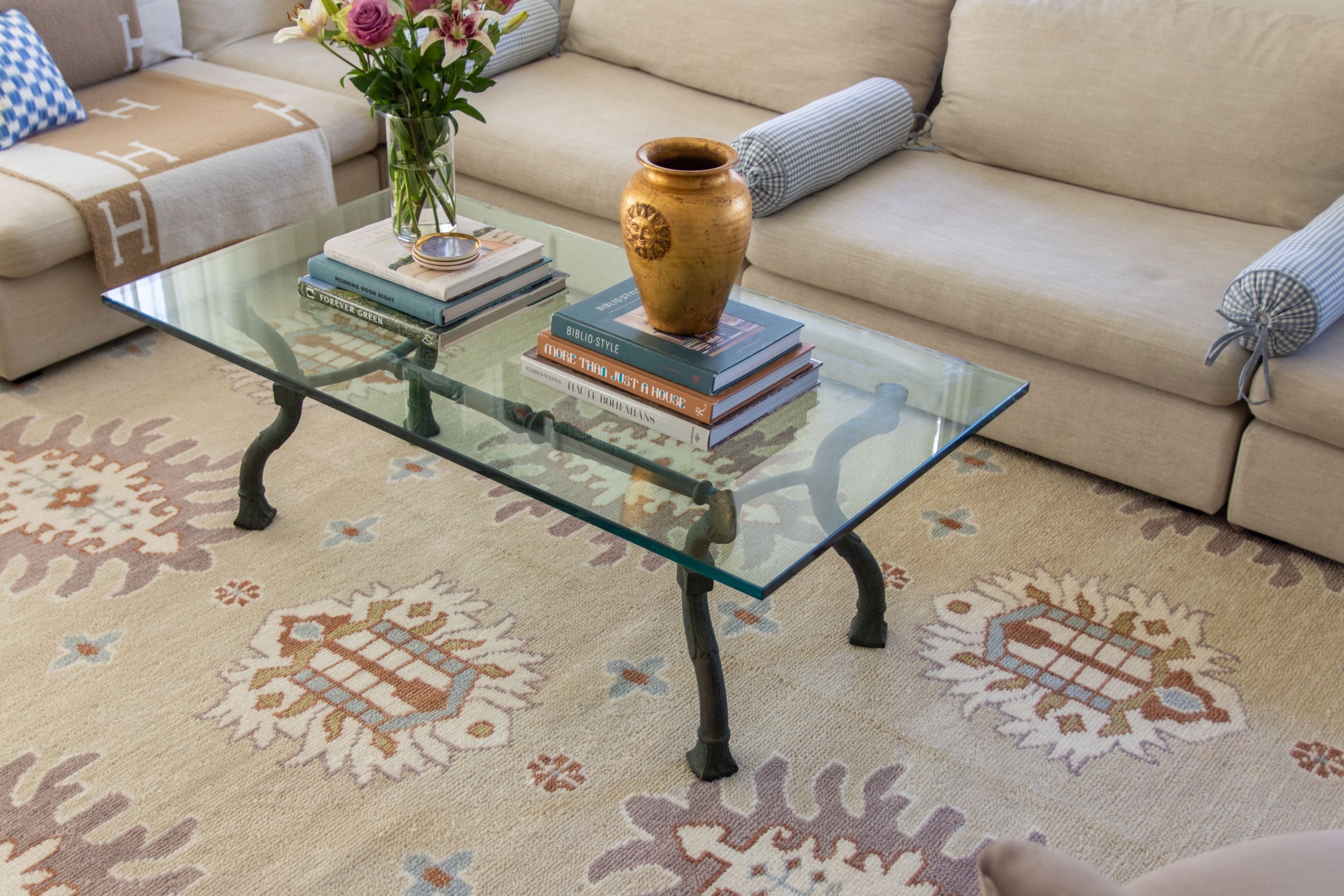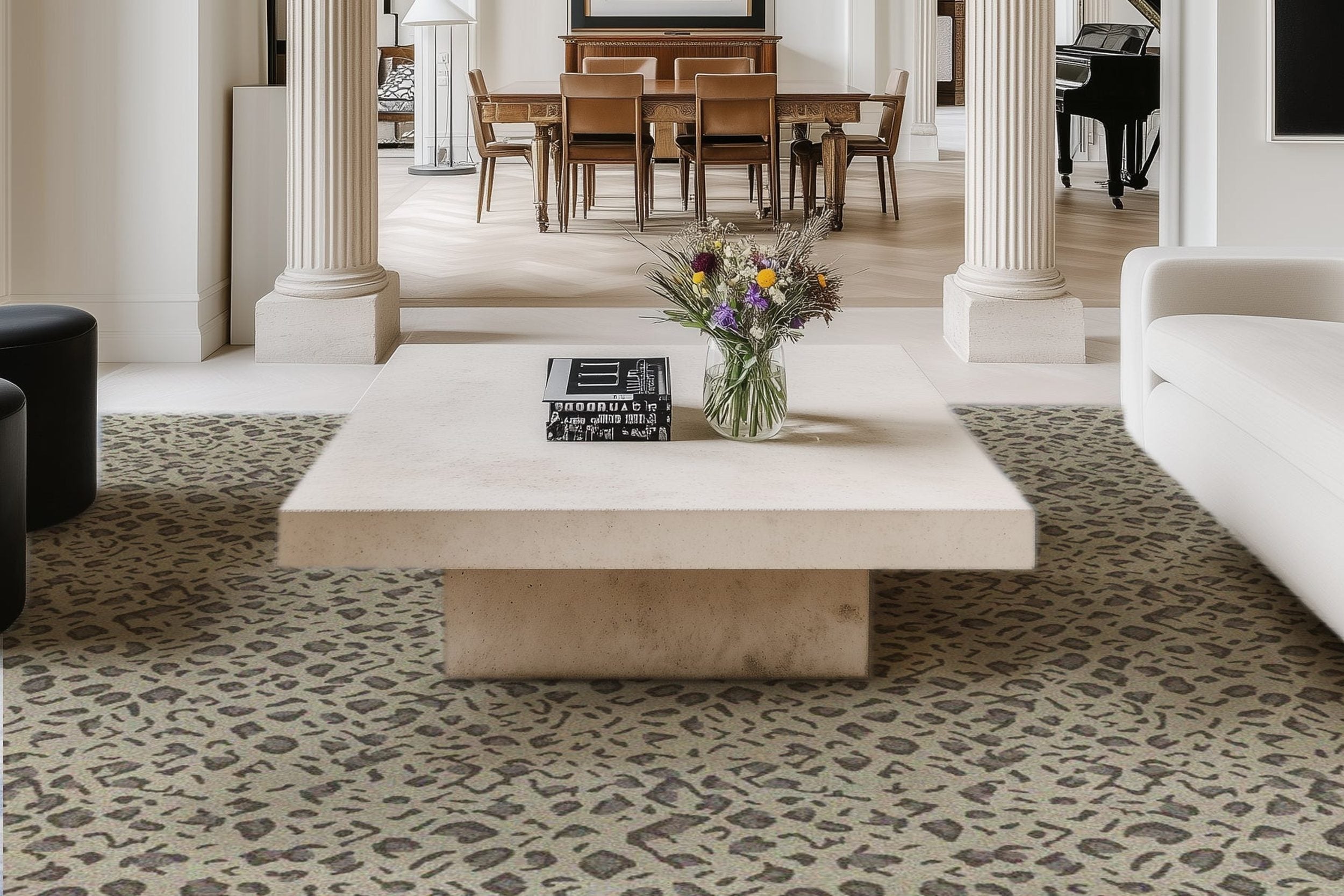Rhythm and Clarity in Integrating Wellness into Creative Workflows
 Creative work thrives on momentum, but even the most inspired minds can experience lulls in energy and focus. For modern designers who balance vision with deadlines, staying mentally clear is just as crucial as sourcing materials or sketching a concept.
Creative work thrives on momentum, but even the most inspired minds can experience lulls in energy and focus. For modern designers who balance vision with deadlines, staying mentally clear is just as crucial as sourcing materials or sketching a concept.
Wellness isn’t a retreat from the workflow — it’s part of the foundation. From daily rituals to carefully chosen tools, designers build routines that align with their pace, mood, and creative rhythm.
Mental Clarity and Focus
For creative professionals, maintaining mental clarity and sustained focus is not just beneficial—it’s essential. Amid shifting project demands and unpredictable inspiration, cultivating a resilient workflow calls for robust wellness practices and carefully chosen support tools.
Here’s how designers integrate timeless techniques and thoughtfully selected supplements to enhance creative flow holistically.
Understanding the Foundations of Clarity
Mental clarity goes beyond simply "feeling awake." It involves a balanced state where thoughts are sharp, distractions are minimized, and complex ideas surface naturally. Achieving this state consistently requires more than willpower:
-
Prioritizing restorative sleep
-
Hydration and nutrition
-
Regular mental “decluttering”—journaling or mind mapping
-
Sensory management, such as optimizing light or reducing noise pollution
Fostering Focus Through Mindful Habits
Practical habits can reinforce focus throughout the day, safeguarding mental energy for when it’s needed most:
-
Using the Pomodoro Technique or focused time blocks with intention
-
Short breathing practices to reset between deep work sessions
-
Setting physical boundaries—like a tidy workspace and device-free zones
-
Leveraging digital tools to silence notifications during peak creative hours
Integrating Thoughtfully Chosen Wellness Aids
As part of a holistic approach, some designers incorporate selective, wellness-oriented supplements to help bridge the gap when clarity is challenged.
For example, a kratom capsule for a healthy regimen—carefully measured for purity and consistency—may deliver gentle cognitive support, helping reduce mental fog without overwhelming the senses.
Similarly, certain professionals use precision-dosed, pure 7OH tablets to complement their routine, particularly during demanding deadlines or creative block periods.
When used responsibly within broader wellness strategies, these supplements can serve as supportive allies rather than shortcuts, contributing to a more stable and productive flow state.
No single method or supplement suits every creative mind. The key lies in:
-
Paying close attention to how your body and mind respond to various routines or products
-
Consulting wellness experts or health professionals before integrating any new element
-
Balancing consistency with flexibility to adapt as personal and project needs evolve
Mental clarity and focus are essential to a sustainable creative workflow. Integrating intentional wellness practices with targeted support tools allows designers to maintain focus, manage shifting inspiration, and meet deadlines with clarity.
This approach fosters a more resilient, balanced creative process—supporting quality work and long-term momentum.
|
Map your creative energy peaks: Track your energy and focus levels throughout the day to schedule high-focus tasks during natural peaks. |
Understanding the Creative Rhythm
Creative work is characterized by fluctuating inspiration, energy, and focus waves. Recognizing and working with these natural rhythms, rather than fighting against them, can lead to more sustainable productivity and creative satisfaction.
The Nature of Creative Rhythms
Human creativity does not operate in a constant, linear manner. Brain research shows that energy, motivation, and idea generation ebb and flow throughout the day due to underlying biological cycles and external influences.
Several factors influence these rhythms:
-
Circadian and ultradian cycles: These biological cycles shape peaks and dips in alertness, mood, and cognitive performance within every 24-hour and even 90-minute window.
-
Emotional variability: Creative professionals often experience rapid shifts in mood, from elation during breakthroughs to frustration when encountering setbacks.
-
Environmental inputs: Workspace design, light, noise, and digital distractions can enhance or disrupt creative energy, emphasizing the importance of intentional work environments.
Recognizing Personal Patterns
Learning to identify your creative peaks and lows helps optimize workflow:
-
Track daily energy levels: Brief journaling can reveal when your idea generation or focus is strongest.
-
Monitor mood changes: Recognizing patterns in mood and motivation allows for scheduling complex projects alongside natural highs and regrouping during lows.
-
Reflect on triggers: External stressors and supportive rituals—such as music, movement, or nature exposure—shape these rhythms.
Working With, Not Against, the Flow
Accepting that creativity cannot be forced enables professionals to design routines in harmony with their underlying rhythms:
-
Flexibility in scheduling: When possible, assign complex or high-stakes creative tasks to known periods of peak alertness.
-
Building buffer zones: Allow time for rest, reflection, and unstructured exploration to avoid burnout and foster novel connections.
-
Embrace recovery: Accepting low points as necessary for regeneration supports long-term productivity and mental health.
The Benefits of Rhythm Awareness
Those who intentionally align their workflows with natural mood and energy cycles report:
-
Increased productivity during focused periods
-
Reduced frustration during blocks or dips
-
Enhanced long-term creative satisfaction and sustained output
Understanding and honoring the ebb and flow of creative energy is a cornerstone for thriving within demanding creative professions. By embracing these cycles, designers and creative professionals can nurture more resilient, inspired, and adaptive creative practices.
|
Reflect and adjust regularly: End each week with a review: note what supported your rhythm and where clarity waned. Iterate and refine routines to suit changing project demands and personal growth. |
Building Consistent Creative Routines Rooted in Wellness
Consistent creative routines are essential for sustaining productivity and well-being in demanding creative professions.
Routines anchored in wellness principles provide a stable framework that helps navigate the inherent uncertainties of inspiration and manage the mental and physical demands of creative work.
Importance of Routine in Creative Workflows
Routines offer predictability in an otherwise variable creative process. By structuring time around regular wellness-centered activities, creatives can:
-
Cultivate an environment that supports focus and reduces decision fatigue.
-
Build habits that prime the mind and body for sustained creativity.
-
Create natural rhythms that honor energy fluctuations, enabling better pacing across projects.
Core Elements of Wellness-Rooted Creative Routines
Effective routines often blend practical productivity techniques with wellness practices to maintain balance and clarity:
-
Scheduled breaks and movement: Deliberate pauses for stretching, walking, or brief exercise refresh mental energy and prevent burnout. Research shows that physical activity positively influences cognitive function and mood, both crucial for creativity.
-
Mindfulness and mental reset practices: Short mindfulness exercises, such as focused breathing or meditation, help manage stress and clear mental clutter, fostering sharper concentration and creative insight.
-
Prioritizing sleep and nutrition: Quality sleep and balanced nutrition underpin cognitive performance and emotional regulation, which are foundational for creative endurance.
-
Setting intentions and reviewing goals: Beginning the day by setting clear intentions and reviewing progress reinforces motivation and provides a sense of accomplishment, aiding task management in complex projects.
Practical Strategies to Build and Maintain Routines
Below are practical, approachable strategies to help designers build and maintain routines that support sustained creative flow and mental clarity.
-
Start small and build gradually: Introducing one or two wellness habits simultaneously makes routines sustainable and less overwhelming.
-
Use anchors and triggers: Linking new activities to existing habits (e.g., a mindfulness practice after morning coffee) helps embed them into daily life.
-
Flexibility and adaptation: While consistency matters, routines should allow for adjustments based on energy levels, workload, or unforeseen changes to maintain resilience without rigidity.
-
Track and reflect: Keeping a journal or using productivity apps to monitor routine adherence and its impact on creative flow can help identify what works and needs to change.
Over time, routines grounded in wellness:
-
Build mental and physical stamina required for sustained creative output.
-
Reduce the likelihood of burnout by promoting recovery and self-care.
-
Enhance creative problem-solving by keeping the mind clear and balanced.
-
Foster a positive relationship with the creative process, viewing it as an integrated practice rather than a series of stressful sprints.
Building creative routines rooted in wellness is about maximizing output and fostering a sustainable, joyful practice that honors the holistic needs of creative professionals.
“For many chronic illnesses, mindfulness meditation seems to improve quality of life and reduce mental health symptoms.” — Dr. Zev Schuman-Olivier of Harvard University
By integrating movement, mindfulness, nutrition, and intentional pacing into daily workflows, creatives can establish a rhythm that supports clarity and resilience in their work.
Sustaining Creative Flow Through Wellness and Rhythm
Creative professionals greatly benefit from integrating wellness strategies into their routines. These strategies balance clarity, focus, and energy with practical techniques and thoughtfully chosen supplements.
Emphasizing habits like mindfulness, structured time blocks, and sensory optimization helps build a sustainable creative rhythm aligned with mental well-being.
Understanding and honoring natural focus cycles and energy allows designers to work more effectively and avoid burnout. By aligning routines with internal rhythms and prioritizing recovery, creatives foster long-term resilience, sharper thinking, and a more satisfying creative process.
Browse by Category

Design Projects
Explore interiors from client work and personal renovations — layered, livable, and always in progress.
read more →
Collaborations
From product launches to styled spaces, discover the brand stories I’ve helped bring to life.
read more →
The Notebook
A growing archive of iconic designers, inspiring artists, and unforgettable design moments.
read more →
Travel by Design
Wander with a designer’s eye — from charming hotels and city guides to visual inspiration abroad.
read more →




